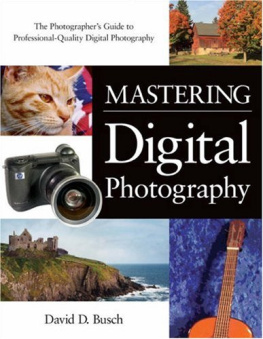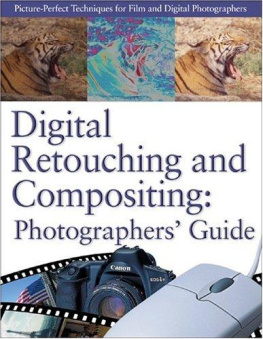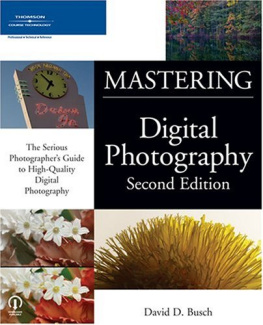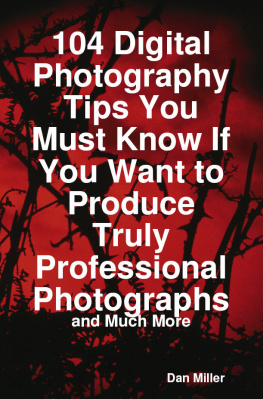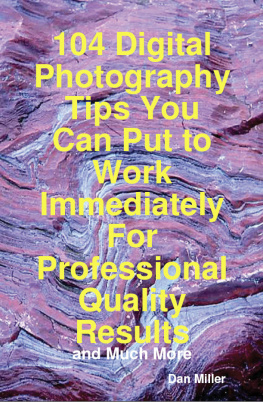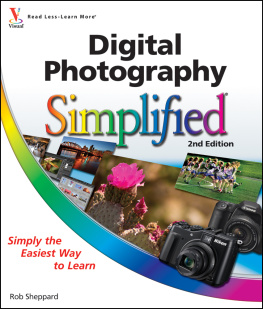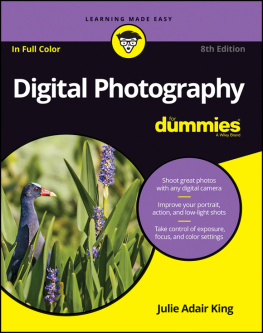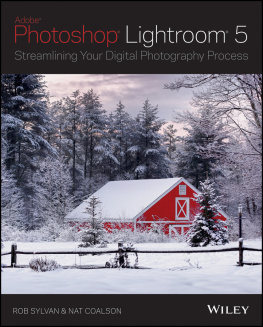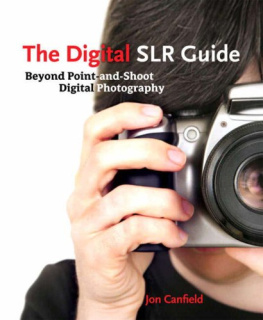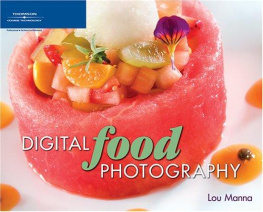Chapter 1. Digital Photography from 50,000 Feet
Figure .
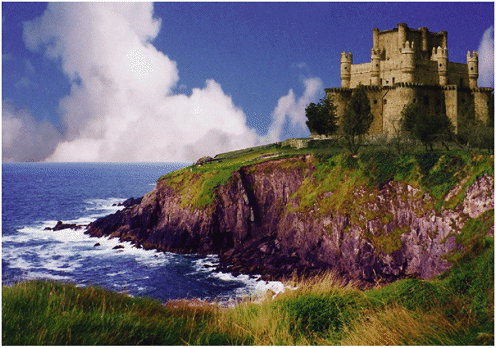
Some amazing things have happened to the digital-photography world in the past few months. If we were looking back from a vantage point 10 years in the future, I'd say the real revolution began when Canon introduced its Digital Rebel in late 2003, a fully featured 6 megapixel interchangeable lens single lens reflex that cost less than $1,000, lens included.
At a time when glorified point-and-shoot digital cameras with fixed lenses and electronic viewfinders could cost that much, Canon's innovation caused the entire industry to regroup. First, such a low price point suddenly made digital photography more attractive to the millions of serious photographers who would settle for nothing less than an SLR, but who couldn't afford the $1,500 tariff on even the least expensive models. Second, the presence of a $1,000 SLR on the market meant that everyone else's non-SLR models became much less attractive at that price. Vendors began dropping prices, packing their new cameras with more features, and digital photography immediately became even more of a booming mainstream consumer trend than ever before. At these prices and with these capabilities, ordinary film cameras are in deep trouble.
Even without the recent unexpected dramatic growth of digital photography over the past few years, I've watched in amazement as perfectly good photographers transformed themselves, one after another, into computer nerds. It's not hard to understand their motivation: successful photographers have an unusual combination of artistic eye, dedication to a demanding craft, a huckster's knack for self promotion, more than a smattering of good business sense, and an affinity for the mechanical and electronic gadgetry that make up our cameras and darkroom equipment. Digital photography is, on one level, just another outrageously powerful kind of photo gadget. If you liked autofocus, can't live without automatic bracketing, and think databacks are cool, you'll love digital imaging.
In fact, if you're an avid photographer, your interest in digital photography probably predates practical digital photography itself, because affordable electronic models that could compete with traditional film cameras have been available for only five or six years. This is one technology in which all of us are getting in on the ground floor.
For photographers who have longed for decades for the kind of capabilities that digital photography brings to the table, this is the best of all times to be taking pictures. You're probably the happiest clam on the beach as you watch technology finally catch up to your needs.
And things are only going to get better.
However, it's been a long and strange trip. Only a photographer can truly appreciate how weird it is that the ability to correct, retouch, edit, and manipulate digital pictures with a computer became common a full decade before the technology to originate images in digital form became practical for the average picture taker. How is it that we had Photoshop back in the 1990s, but had to wait for practical digital cameras until the 21st century? Certainly, the ability to edit conventional photographs within image editors like Photoshop (after the photos are duly scanned and digitized) is valuable whether digital cameras are widely used or not. But doesn't it make more sense to eliminate that intermediate step? Doesn't digital image editing cry out for digital photos ? shows how far we've come, with a shot of the latest version running on a Pentium 4 that operates roughly 80 times faster.
Figure 1.1. This version of Photoshop was introduced even before practical digital cameras were available.

Figure 1.2. Today, the latest version of Photoshop CS is ready for anything your digital camera can produce.

Yet, while Photoshop is blossoming into its eighth edition, Photoshop CS, we're just now seeing affordable digital cameras that can truly do everything a serious photographer's film counterpart can handle. You're probably thinking "about time!" along with millions of other picture takers.
This book is going to delve a little deeper into digital photography than many of the books you might have read. Unlike most of the other books on the shelf, this is a photographers' guide , designed to leverage the things you already know about photography as you spread your wings in the digital realm. This first chapter is intended to be an overview of digital photography and technologya glimpse from 50,000 feet that provides you with some perspective on where we are, where we're going, and how we got here.
You might not have seen background information like this in the digital camera books you've readprobably because the authors weren't photographers. A computer guru who understands microprocessors and software applications might have no clue as to what makes a great image. However, if you're serious about photography, you know that simple knowledge of the mechanics of taking pictures isn't enough. You must also have the right tools, know how they are best applied, and understand how to use them. That's what you'll be gleaning from this book.
You'll learn exactly how digital frees us to do things with images that could only be accomplished by tedious work and experimentation with conventional tools. Photographers who have darkroom experience might have combined images with double exposures, sandwiched two slides together, cross-processed chromes in color-negative developing solutions, or pushed super-fast films to ridiculous exposure indexes to get a particular effect. These techniques usually involve more error than trial when you're working with conventional films. With a digital camera, you can instantly reshoot a picture until you get the results you want. The computerboth the one on your desktop and the one built into your cameragives you the freedom to tweak, re-tweak, and start over if the final results don't please you. Indeed, there is a whole litany of tricks that couldn't be done at all before the introduction of digital imaging.
Individual image components can be isolated, combined with other components, reversed, rebalanced, or removed entirely with barely a trace of what has been done remaining for the casual eye to detect. We can relocate the Great Pyramid of Egypt, show Elvis shaking hands with aliens from space, or remove an intrusive mother-in-law from a bridal portrait.
More than anything else, digital photography is fun. Most of us, even though we're capable of doing good work with simple equipment, don't hesitate to take advantage of all the tools that are available. So, it was only a matter of time before digital imaging started seducing photographers who previously did not intend to use computers. As cameras became more electronic and computerized, it was a logical next step to incorporate scanned images, electronic retouching, and eventually digitally originated images into the average photographer's repertoire. That's why so many perfectly good photographers have found it necessary to become computer nerds.
Key Uses for Digital Photography
One aspect of digital photography that we can easily examine from 50,000 feet is the broad range of areas in which digital technology has become important. This section looks at a few of the photography realms that have seen the most impact.

